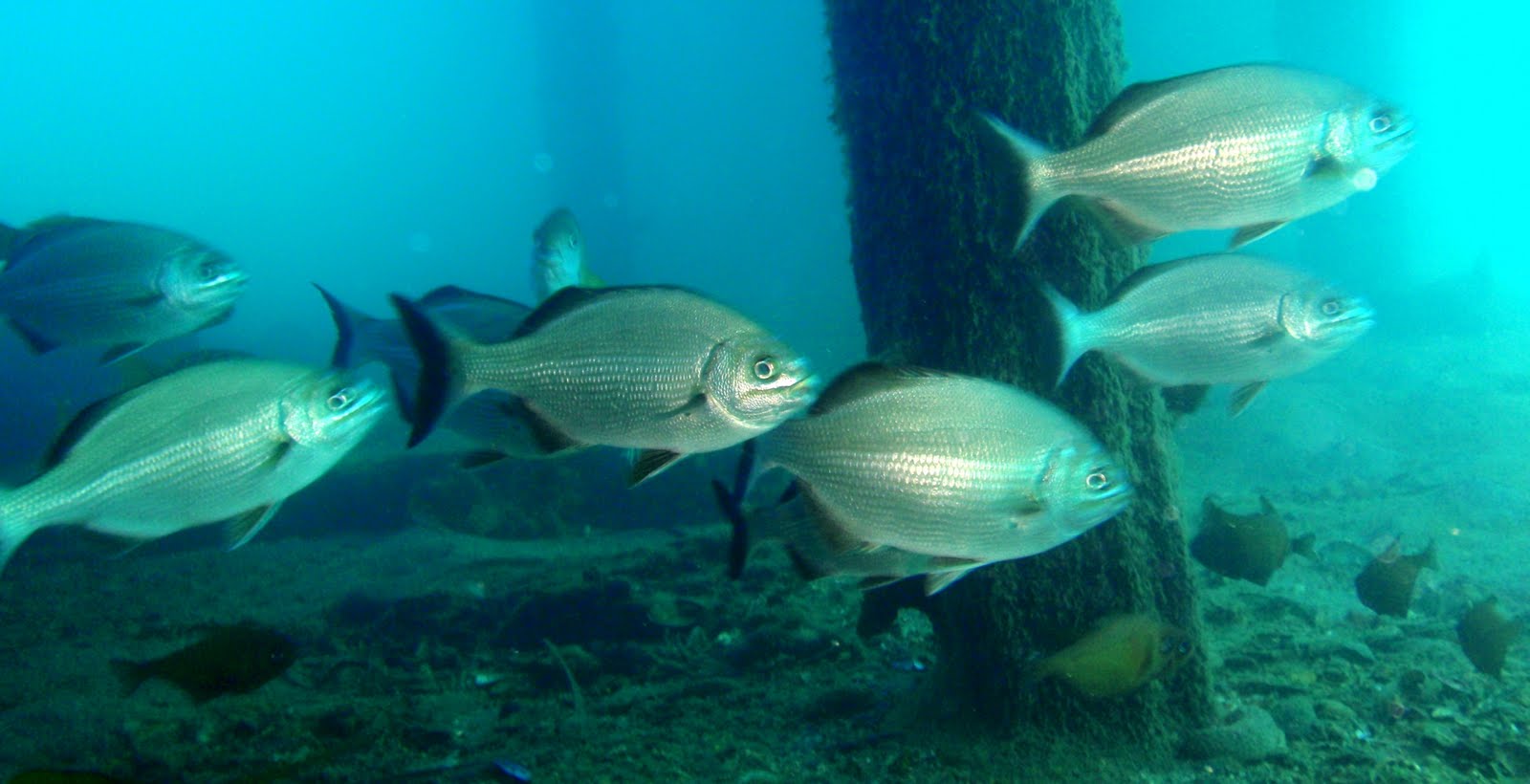Have Animal Sightings Increased During COVID-19?
by Steve Reynolds
(SDFSA’s SCIENCE STORY for May 2020 – https://sdfsa.net/wp-content/uploads/2020/06/2020-06-SDFSA-Newsletter.pdf )
It has been suggested that wildlife has been taking the opportunity to fill abandoned spaces during
the recent corona virus restrictions. It was observed, for example, that rays, sharks, and dolphins
have been among the animals enjoying new-found freedom whilst humans deserted the oceans
and pollution was much reduced.
Natalie Banks, founder and president of Dubai-based marine conservation group Azraq, suggests
that human absence provides some breathing space for aquatic species. She says,
“Marine life is benefiting from there not being as many boats in the water, as many people, or as
much pollution.”
She points to sightings of large groups of animals, rather than just individuals, as a potential
indication of the growing boldness among marine species. A large pod of around 2000 Risso’s
dolphins, Grampus griseus, (adults & juveniles) were filmed off the coast of Fujairah in mid-April. It
was one of the largest pods ever seen in the region’s waters. There was a rare albino individual
among them.
Although she counsels against jumping to conclusions, suggesting that species might be in their
normal habitats but coming to the surface more often, or that we are seeing moments of
opportunism rather than lasting changes, Banks does see opportunities in this heightened visibility
of marine species.
She says that conservationists are pushing to increase the coverage of marine protected areas. There
is also potential for new limits on boats and jet skis where they might threaten wildlife. Such
measures have already been introduced at sensitive sites in the UAE.
Azraq has had to rely on the public to report sightings of marine wildlife because lock-down
restrictions prevented direct observation by staff, and the group’s work with beach cleanups,
mangrove tree planting, and school visits were interrupted.
There has been greater public awareness of biodiversity due to the recent spate of sightings. Banks
said, “There is an opportunity to increase the awareness of the species in our waters and to make
people care about them.”
Minna Epps, director of the Global Marine and Polar Programme at the International Union for
Conservation of Nature (IUCN) says, “When tourism activities pick up again, or other kinds of
(human) traffic, that will reverse the potential benefits that might have occurred. I think the kind of
sightings of marine animals we are seeing are likely to be short lived.”
But she believes that there is the potential for lasting gains, such as through the management of
fishing. “The biggest impact on marine resources is fishing pressure, and we are seeing the world’s
commercial fleets coming to a halt because there has been a huge decline in demand for seafood
products. This is where we can see impact…We have seen from other historical events such as
wartime and piracy that these bring opportunities for fish stocks to recover,” she says and suggests
that a months-long hiatus of commercial fishing could have “really big implications”.
She warns, however, that the absence of humans might induce fewer positive effects. If one species
claims new territory, it could wipe out another species in that area and imbalance an ecosystem.
“Conservation efforts will suffer where they rely on revenue from tourism.”
She says that ultimately, the current crisis has not changed the agenda for marine conservation. “A
top priority remains a long-sought treaty under the UN Convention on the Laws of the Sea that
would create protected areas in the vast spaces beyond any national jurisdiction.”
She hopes that the devastating effects of coronavirus might reinforce the message that protecting
nature is protecting ourselves.
Visit https://www.9news.com.au/world/coronavirus-rays-sharks-and-dolphins-enjoy-new-freedomas-humans-abandon-oceans/b4a3ba83-21db-4166-bdaa-7da68a08a616?ocid=Social-9News for more details.
According to the webpage found at https://www.msn.com/en-au/news/world/over-100-000-flamingos-reportedly-descend-on-mumbai-amid-india-s-strict-coronavirus-lockdown/arBB13woPb?ocid=msedgdhp, during the spread of the corona virus, wild animals began to enjoy the new open spaces. A record-breaking number of flamingos migrated to the metropolitan region of Mumbai, India for example. The Bombay Natural History Society estimated that around 25% more flamingos had migrated to the region compared to the previous year, probably caused by the decrease in human activity. The Science Times calculated that around 150,000 flamingos had come to the area.
Some conservationists are hoping to be able to maximize the possibilities of this moment. Zoologist Andrea Mangoni notes that fauna in the city of Venice has not changed at all, rather that people have had more time to see the animals. John Gitsham, Birds SA President, says that birds may seem to have become more prolific in the suburbs, but he thinks that people are hearing them more because noise has been reduced and people have more time to observe the birds too. Associate Professor David Paton from Adelaide University thinks that people are seeing more animals around because things have slowed down, and people are spending more time outside.
Personally, I’ve always thought that shark sightings are higher in summertime simply because people spend more time on the beach and in, or on, the water.

